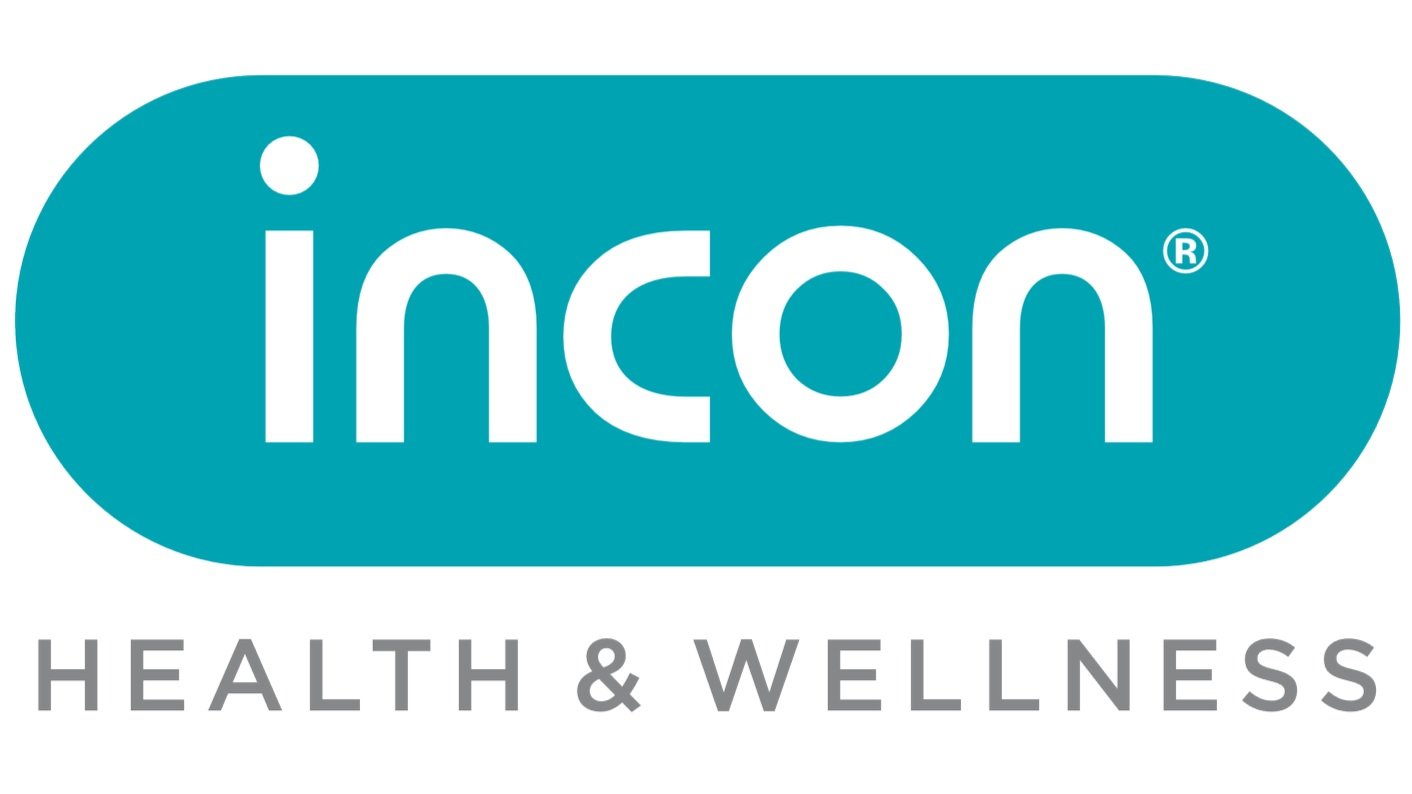End-of-Year Fatigue
The Hidden Risk of End-of-Year Fatigue
As the year winds down, many employees are powering through their final shifts with one eye on the holidays. But with this drive to “just finish strong” comes a silent threat: fatigue.
Fatigue isn’t just about feeling tired. It’s a physical and mental state that reduces alertness, slows reaction times and clouds judgement. And in high-risk work environments, those effects can have serious consequences.
The fatigue–safety connection
Studies show that fatigue can impair performance in the same way alcohol does. Long hours, repetitive tasks and mental overload can lead to slower response times and poor decision-making. Even highly experienced workers are not immune.
Towards the end of the year, these risks increase. Teams are stretched. Deadlines loom. Colleagues take leave, adding pressure to those still on site. It’s easy for safety to slip when focus runs low.
Why now matters
November and December are often filled with compressed schedules, increased overtime and holiday distractions. It’s a perfect storm for safety lapses. Yet this period is also a powerful opportunity for employers to lean in, take stock and prioritise health over haste.
Encouraging rest, resetting expectations and supporting realistic workloads can help reduce fatigue-driven risks. So can daily check-ins, shorter shifts where possible and a clear message from leadership: safety still comes first.
How to manage fatigue on site
Fatigue can’t always be avoided, but it can be managed. Here are a few ways to stay alert and reduce the risk of burnout as the year wraps up:
1. Make space for rest
Encourage regular breaks, even during busy periods. A short pause is better than a long mistake.
2. Rotate tasks
Shifting between physical and mental tasks can help prevent monotony and keep workers more engaged.
3. Keep it visible
Include fatigue in toolbox talks and safety check-ins. When it’s spoken about, it’s easier to spot.
4. Watch the hours
Avoid extended overtime or back-to-back shifts, especially in high-risk environments. Fatigue compounds quickly.
5. Lead by example
When managers set the tone by respecting limits and encouraging balance, teams follow suit.
6. Hydrate and fuel properly
Dehydration and poor nutrition make fatigue worse. A quick reminder to drink water or eat something can go a long way.
A safer finish
End-of-year performance doesn’t have to come at the cost of wellbeing. By recognising fatigue as a real safety hazard, organisations can take smarter steps to protect their people — not just until shutdown, but into the new year.
Because a strong finish should never mean running on empty.

